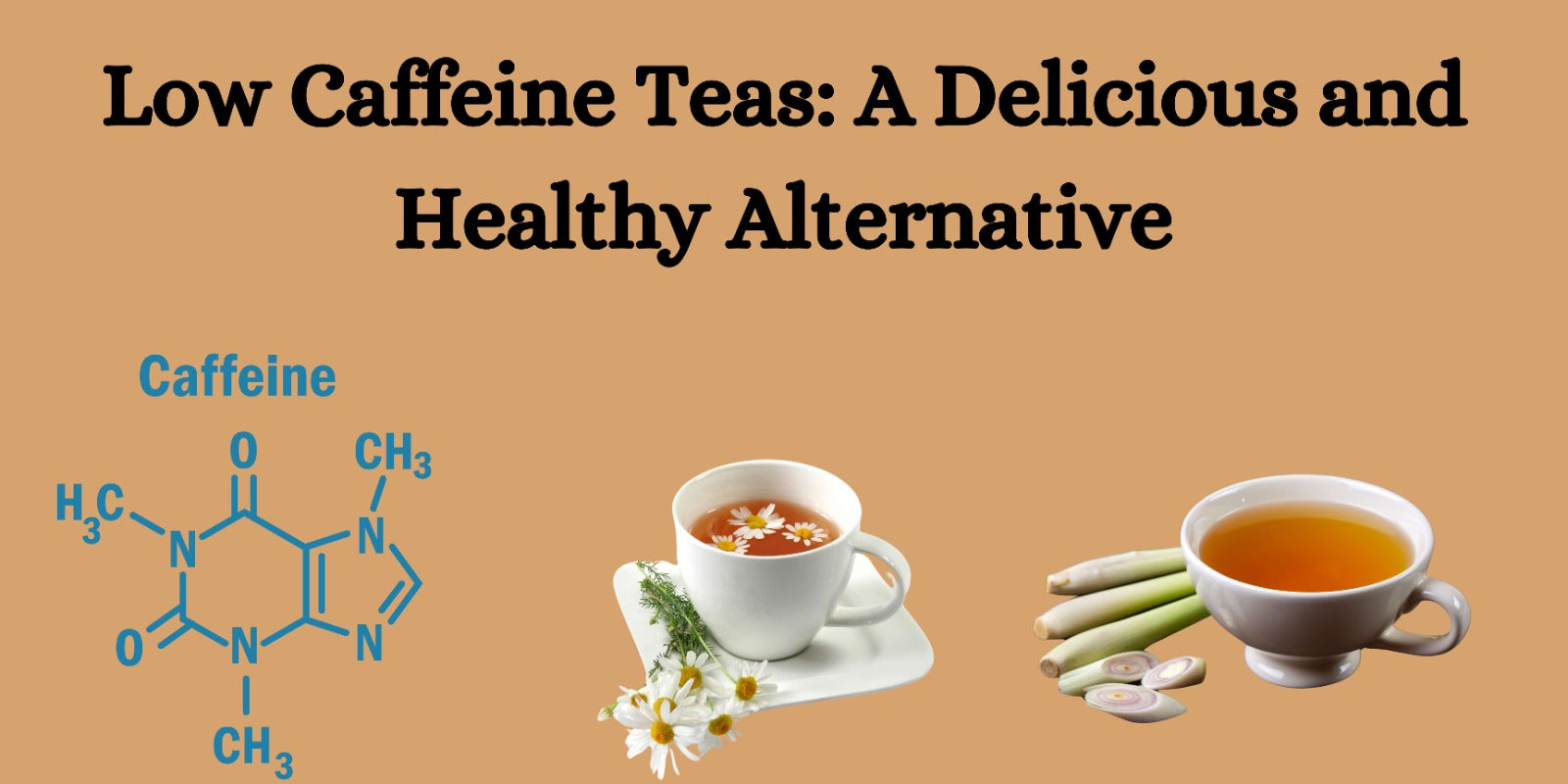Introduction
Tea has been an integral part of human culture for centuries, with its origins dating back to ancient China. The pairing of sugar and tea seems natural, but have you ever considered its historical origins? The addition of sugar to tea has become a global practice, providing a sweet touch to the beloved beverage. In this blog, we will take a journey through time to explore the fascinating history of how sugar with tea came to be.
Ancient Origins of Tea
Tea, as we know it today, traces its roots to ancient China, where it was first discovered by the legendary Emperor Shen Nong around 2737 BC. The origins of tea consumption in China are often linked to a legendary incident. The story goes that an emperor was preparing hot water when tea leaves serendipitously found their way into his pot. The enticing aroma and whispers of flavor coming from the infused water were too much to resist. He took a sip, and a wave of cool refreshment washed over him, leaving him feeling invigorated. Thus, tea was born.
For centuries, tea remained a popular beverage in China, used for its medicinal properties and as a symbol of hospitality. Over time, the practice of sweetening tea spread throughout Asia and beyond, eventually becoming a staple beverage in cultures around the globe.
Introduction of Sugar to the Tea
The 7th century marked a turning point, as sugar production in the Middle East paved the way for its addition to tea. Sugar was a luxury commodity in ancient times, reserved for the elite and royalty. As trade routes expanded and sugar became more widely available, its popularity grew, leading to its eventual pairing with tea.
In the 16th century, during the Age of Exploration, European traders brought sugar from the New World to the Old World, where it became highly sought after. The combination of sugar with tea quickly caught on among the wealthy and noble classes, who enjoyed the enhanced flavor that the sweetness provided.
Colonial Influence on Tea and Sugar Consumption
During the era of colonialism, tea and sugar played significant roles in global trade and consumption patterns. The British East India Company, in particular, played a pivotal role in promoting tea consumption in Europe and America. As tea became more accessible to the masses, the demand for sugar also increased.
Sugar plantations in the Caribbean and the Americas were established to meet the growing demand for sugar in European markets. The labor-intensive production of sugar on these plantations relied heavily on enslaved Africans, leading to the dark legacy of the transatlantic slave trade.
Cultural Significance of Sugar with Tea
The pairing of sugar with tea gradually became a cultural symbol of hospitality, socialization, and refinement. In many societies, offering a cup of sweetened tea to guests is considered a gesture of warmth and welcome. The ritual of tea-drinking, often accompanied by biscuits or pastries sweetened with sugar, became a cornerstone of social gatherings and ceremonies.
In some cultures, such as in Morocco or India, the preparation of tea involves a complex and elaborate ceremony, where the addition of sugar is an essential step. The sweetness of the sugar balances the bitter notes of the tea, creating a harmonious blend of flavors that is enjoyed by people of all ages.
Modern Trends in Sugar and Tea Consumption
In the modern era, the pairing of sugar with tea has evolved to include a wide range of sweeteners and flavorings. From traditional white sugar to honey, agave nectar, and artificial sweeteners, tea drinkers have a plethora of options to customize their brew to suit their tastes.
However, the rise of health-conscious consumers has led to a growing awareness of the negative effects of excessive sugar consumption. As a result, many people are opting for natural sweeteners or reducing the amount of sugar they add to their tea.
Conclusion
From its humble origins in ancient China to its global presence today, the history of sugar with tea is a testament to the cultural exchange and interconnectedness of societies around the world. The sweet pairing of sugar with tea has stood the test of time, evolving into a beloved tradition that transcends borders and generations.
As we raise our cups to savor the delightful blend of sweetness and warmth, let us reflect on the rich history and heritage that has brought sugar and tea together in a perfect union.
In every sip of sugary tea lies a story of resilience, discovery, and appreciation for the simple pleasures that have enriched our lives for centuries. So next time you enjoy a cup of sweetened tea, remember the sweet journey that brought sugar and tea together in harmony.




